Can you 3D print a parrot?
NOT A WHOLE ONE, BUT YOU CAN CERTAINLY MANAGE A 3D PRINTED BEAK
Although 3D printing hasn’t been around for all that long it’s already being used for some pretty surprising things. From replica cars to blow up in a Bond film, to parts for prosthetic hands, the technology has provided innovative new answers to tricky questions. And there aren’t many questions trickier than what to do with a beakless parrot.
Macaws are long-tailed parrots with distinctive large beaks. They’re popular as pets but now endangered in the wild, so it’s illegal to trade them, and they’re often confiscated in raids on animal smugglers. Sometimes they can be released back into the wild; if they were born in captivity it’s usually better to find them a home in a zoo. But when a blue and yellow macaw called Gigi was rescued recently in Brazil there was a problem. The bird had a badly deformed upper beak and couldn’t feed herself.
The simple solution would have been to put Gigi down, but a team of Sao Paolo vets weren’t ready to give up – and they decided 3D printing might be the answer. It was a challenge though. One of the team, Roberto Fecchio, had already fitted a 3D printed beak to a toucan that had flown into a window. But toucans mostly eat fruit, and their large bills are very lightly built. Macaws are a completely different kettle of parrots. They have a varied diet that includes a lot of tough seeds, and their beaks are immensely strong so they can crunch their way into them. A PLA beak wouldn’t be able to take the abuse a typical macaw diet handed it, so that clearly wasn’t an option for Gigi.
In fact Fecchio decided early on that no plastic would do. Even if it didn’t break it would quickly wear out. A metal beak was the way to go, but what metal? The only one that’s both light and strong enough is titanium, and that’s very difficult to machine. The answer was to use 3D printing.
The first stage was to take photos of Gigi’s beak, which were converted into a 3D model using a custom Blender plugin. A model of a normal macaw beak was then added, and the two altered to create the design for a prosthetic that could be fitted over Gigi’s natural beak, which was trimmed to create a secure base. That was then printed from titanium powder, using laser sintering. The end result was a solid, light but immensely strong replica beak, complete with nostrils and screw holes.
On 18 February Gigi’s new 3D printed beak was fitted at Sau Paolo’s Animal Care Centre. Her deformed beak was shaped to match the 3D model, then the titanium one was mounted on it with bone cement and orthopaedic screws. Just 48 hours later the macaw was already adapting well to having a fully working beak for the first time in years.
Gigi’s titanium prosthetic is well out of reach of a home 3D printer, but many other animals have been helped with parts any modern printer can make. As well as the toucan bill there’s Fred the tortoise, whose shell was damaged in a forest fire. She’s now living happily in a custom-printed PLA one. Several cat and dog amputees have been fitted with printed pet wheelchairs or prosthetics. As the technology develops even more animals will benefit from custom printed items.

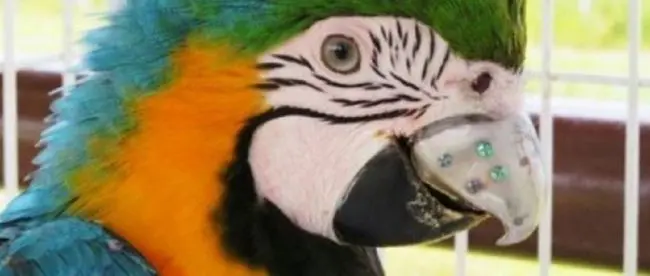
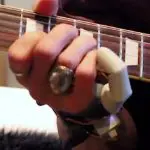
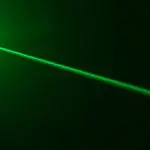
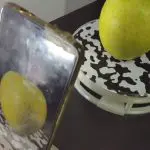
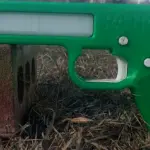


Leave a comment
You must be logged in to post a comment.